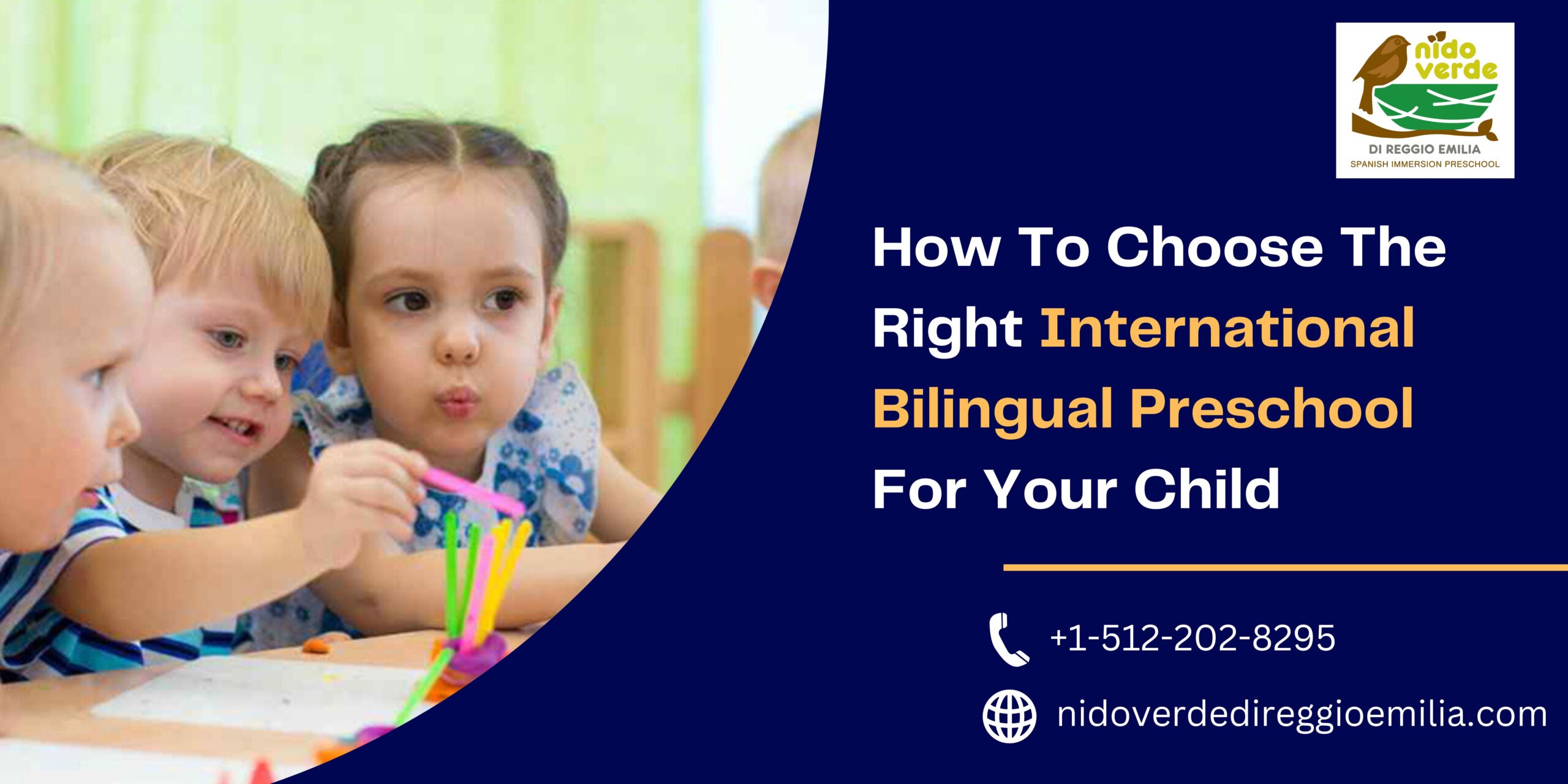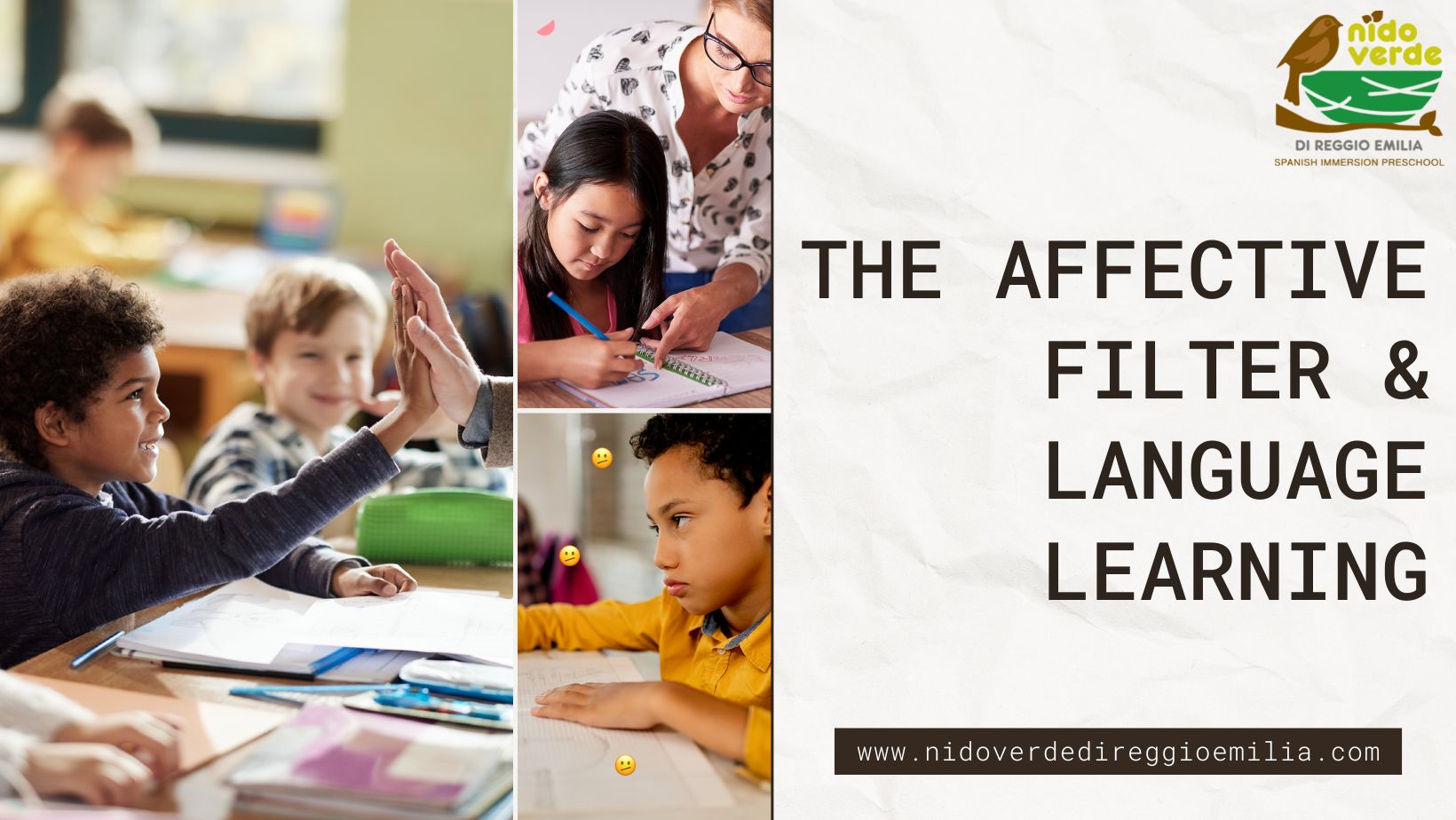
Are you considering enrolling your child in an international bilingual preschool? Choosing the right preschool for your child is a crucial decision that can have a significant impact on their future education and development. In this article, we will guide you through the process of selecting the perfect international bilingual preschool that aligns with your child’s needs and your educational goals.
Introduction
Choosing a preschool is an important step in your child’s educational journey. When considering an international bilingual preschool, you are providing your child with a unique opportunity to develop language skills and cultural understanding from an early age. This article will guide you through the process of selecting the right international bilingual preschool that meets your child’s needs.
Benefits of an International Bilingual Preschool
An international bilingual preschool offers numerous advantages for your child’s development. By exposing them to different languages and cultures. They gain a global perspective and develop valuable skills for an interconnected world. Bilingual education enhances cognitive abilities, problem-solving skills, and creativity, fostering a love for learning and curiosity about the world.
Understanding Your Child’s Needs
Before beginning your search, it’s crucial to understand your child’s needs and your educational goals. Consider factors such as your child’s learning style, interests, and any specific language or cultural background you want to prioritize. Understanding these needs will help you identify the best fit for your child.
Researching Available Options
Start by researching available international bilingual preschools in your area or desired location. Look for schools that have a strong reputation for bilingual education and a curriculum that aligns with your goals. Explore their websites, read testimonials, and gather information about their teaching philosophy and approach.
Visiting and Assessing Preschools
Once you have a list of potential preschools, schedule visits to assess the learning environment firsthand. Observe the classrooms, playgrounds, and facilities. Pay attention to the atmosphere and interactions between teachers and students. Take note of the overall cleanliness and organization of the preschool.
Also, Read about How Can I Help My Child to Be Bilingual?
Evaluating the Curriculum
When evaluating a preschool’s curriculum, consider the balance between languages and subjects. Look for a program that provides equal emphasis on both languages, ensuring your child receives a comprehensive education. Inquire about the teaching methods and materials used to promote language acquisition and cultural understanding.
Language Immersion Programs
Language immersion programs are a vital component of an international bilingual preschool. Inquire about the extent of language exposure and how it is integrated into daily activities. A good language immersion program should provide ample opportunities for your child to practice and use the target language in a natural and engaging way.
Teacher Qualifications and Experience
The qualifications and experience of the teaching staff are crucial in delivering a high-quality bilingual education. Inquire about the teachers’ fluency in both languages and their training in early childhood education. Experienced teachers with a passion for language and culture will create a nurturing and stimulating environment for your child.
Assessing the Learning Environment
The learning environment plays a significant role in your child’s overall development. Look for a preschool that offers a rich variety of resources, including books, educational toys, and multicultural materials. Consider the availability of outdoor spaces for physical activities and social interactions.
Social and Emotional Development
An effective international bilingual preschool focuses not only on academic development but also on social and emotional growth. Inquire about the school’s approach to fostering social skills, empathy, and resilience in young children. A nurturing and inclusive environment will contribute to your child’s overall well-being.
Parental Involvement
Find out how the preschool encourages parental involvement. Strong communication between parents and teachers promotes a collaborative approach to your child’s education. Inquire about parent-teacher conferences, regular updates, and opportunities for parental engagement within the preschool community.
Also, Read about Everything You Need To Know Before Sending Your Child to Preschool
Safety and Security Measures
Ensuring the safety and security of your child is of utmost importance. Inquire about the preschool’s safety protocols, including staff-to-child ratios, emergency procedures, and background checks for employees. A safe and secure environment will give you peace of mind as your child explores and learns.
Tuition and Financial Considerations
Consider the financial aspects of enrolling your child in an international bilingual preschool. Inquire about tuition fees, payment schedules, and any additional costs. Some preschools offer scholarships or financial aid options, so it’s worth exploring these possibilities if needed.
Testimonials and Reviews
Research online for testimonials and reviews from parents whose children have attended the preschools you are considering. Reading about their experiences can provide valuable insights into the school’s strengths and weaknesses. Pay attention to how the preschool addresses any concerns raised by parents.
Making the Final Decision
After gathering all the necessary information and visiting the preschools, it’s time to make your final decision. Consider your child’s needs, your educational goals, and the overall impression you got from each preschool. Trust your instincts and choose the preschool that feels like the best fit for your child.
FAQs (Frequently Asked Questions)
How early can I enroll my child in an international bilingual preschool?
It varies from preschool to preschool, but typically children can enroll around the age of two or three.
How long does it take for a child to become bilingual in a preschool setting?
Becoming bilingual depends on several factors, including the child’s exposure to the languages and their individual learning abilities. On average, it can take a few years for a child to become fully bilingual.
Are international bilingual preschools more expensive than regular preschools?
International bilingual preschools can be slightly more expensive due to the additional resources and language instruction provided. However, it’s essential to compare the costs and benefits to make an informed decision.
Conclusion
Choosing the right international bilingual preschool is a significant decision that requires careful consideration. By following the steps outlined in this article, you can find a preschool that provides an enriching bilingual education and fosters your child’s overall development. Give your child the gift of language and cultural diversity by selecting the perfect international bilingual preschool. Visit nidoverdedireggioemilia.com for more information or call +1-512-202-8295. Contact us today for further information.









 1701W. Anderson Ln Austin TX 78757
1701W. Anderson Ln Austin TX 78757
